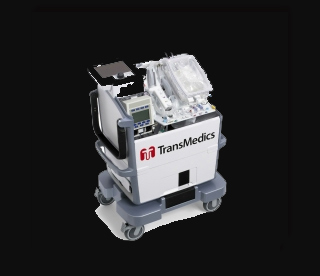
After removing the heart from a donor’s body, it is possibly placed in a high-tech OCS box and revived immediately to a beating state. The organ has to be perfused with oxygen and nutrient-rich blood, so that at an appropriate temperature is maintained. This device by TransMedics apparently keeps a tab on the way heart is functioning during transport. This technology supposedly boosts the function of the donor heart by holding it in a near-physiologic state. Also the suitability of a potential donor may be well analyzed.
The organ-preservation system can allegedly lead to better tissue matching between donor hearts and recipients as the box grants transplant team more time to test the heart for potential rejection factors. Current transport method presumably requires heart delivered to a recipient within six hours. Dr. Abbas Ardehali, surgical director of the heart and lung transplantation program at Ronald Reagan UCLA Medical Center and principal investigator of the OCS trial and colleagues claim that the OCS box aids to expand the donor pool and allows longer distance transportation.
